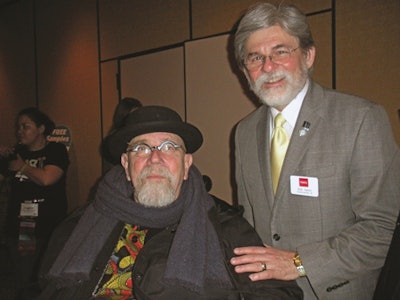
Since No Child Left Behind became law in 2002, school systems — under increased pressure to raise student proficiency rates in the “core” subjects of reading and math — have less money to spend on materials such as paint and clay, and art instructors have less time to teach students what to do with those things, a Sabol study found.
“Art teachers were put in a very difficult position,” says Sabol, president of the National Art Education Association, based in Reston, Va., and author of the 2010 study titled No Child Left Behind: A Study of Its Impact on Art Education.
Sabol’s study found, among other things, that many art educators saw budgets for their programs decline under the federal law and the money redirected toward “core classes,” test prep and other areas.
But now — as the Obama administration grants states more flexibility under No Child Left Behind and state and local educators work to implement a new set of education standards known as the Common Core State Standards — art educators are hopeful that they can restore art education to what they believe is its rightful place.
“At this point, the Common Core is being implemented, so it’s a little premature to say how [art education] is going to be affected,” Sabol says.
At the same time, he says, the implementation of the Common Core State Standards represents a prime opportunity to recognize art’s role in helping to develop the much-heralded “21st Century Skills” — such as critical thinking and creativity — that proponents say students need to compete in the global economy. The Common Core State Standards Initiative is led by the National Governor’s Association and is meant to provide a “clear and consistent framework to prepare our children for college and the workforce,” according to the website.















